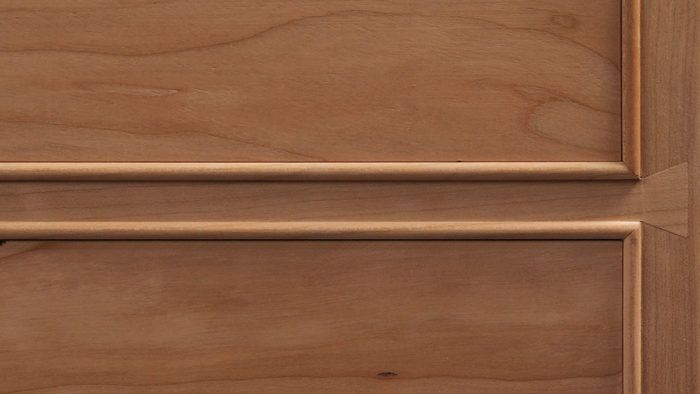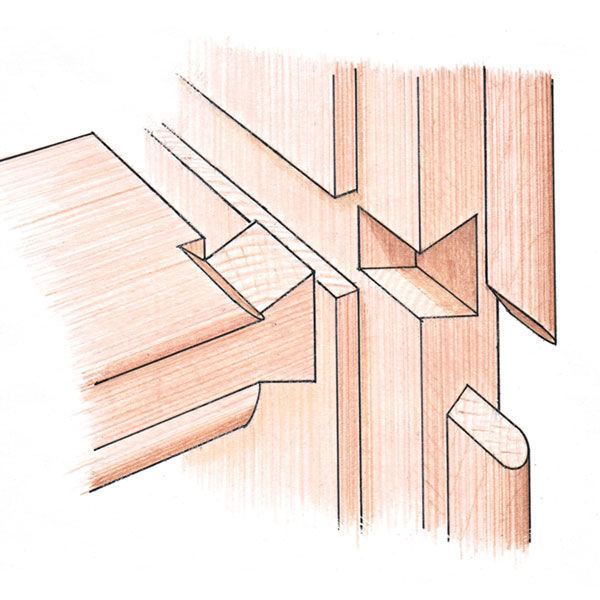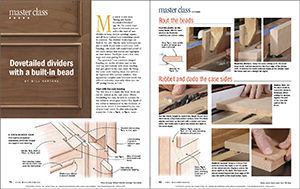How to make dovetailed dividers with a built-in bead
Will Neptune shows how to add dovetails to keep dividers square when the case has inset drawers with cock beading
Synopsis: In a companion master class to his article on dovetailed dividers, Will Neptune shows how to add dovetails to keep dividers square when the case has inset drawers with cock beading. The key is to cut a rabbet into the case that lets you fit loose mitered cock beading to the case sides without having to fuss with the integral beading on the dividers and the case top and bottom.
My article in this issue, “Strong and Stylish Dovetailed Dividers” (pp. 66–73), covers three types of dovetails you can add to the ends of case dividers to keep drawer openings square, and all three options have something crucial in common: The dividers’ front edges are flush to the case. But the same techniques are just as viable if you want to add some cockbeading—the small, half-round bead proud of the case’s surface that frames and highlights an inset drawer. You’ll just need a few extra steps and more paring blocks.
The approach I use combines integral beading cut on the dividers (and on the case top and bottom) with loose beadingthat gets glued to the case sides. By fitting the loose cock beading strips into rabbets— an ingenious 18th-century solution—this apparently complex joint becomes much less difficult and risky, especially when you use 45° paring blocks, as I do.
Going the hand-tool route? Learn how to
make your own scratch stock here
Start with the cock beading

The first step is to make the bead stock and cut the rabbets in the case sides. (When dovetailing the case, be sure to account for the rabbet to avoid gaps there.) The depth of the rabbet is determined by the thickness of your stock, which is determined by the size of your bead cutter. So after selecting the router bit—I like a 5⁄32-in. to 3⁄16-in. bead— mill the loose cock bead stock. For the best grain and color match, cut wood for these pieces from the same board as the case sides, ripping off a 1-in. strip adjacent to the front of the case side, and resawing it. The resulting long strips will give you several shots at a good miter.

From Fine Woodworking #276
To view the entire article, please click the View PDF button below.
More on FineWoodworking.com
- Make cock beading by machine or by hand
- Going the hand-tool route? Learn how to make your own scratch stock here
- Cock beading is a great way to dress up drawers, adding sophistication while hiding gaps.























Comments
Interesting to read this. I was very surprised to see this technique applied. I used almost the exact same approach on a dresser I built for my daughter several years ago. I had dovetailed drawer dividers and beading around my drawers. However, I applied the beading TO the drawer, rather than the opening. Aside from the dovetail, my approach was very much the same as what was done here. I softened the drawer front inside the bead to add an extra element.
Log in or create an account to post a comment.
Sign up Log in